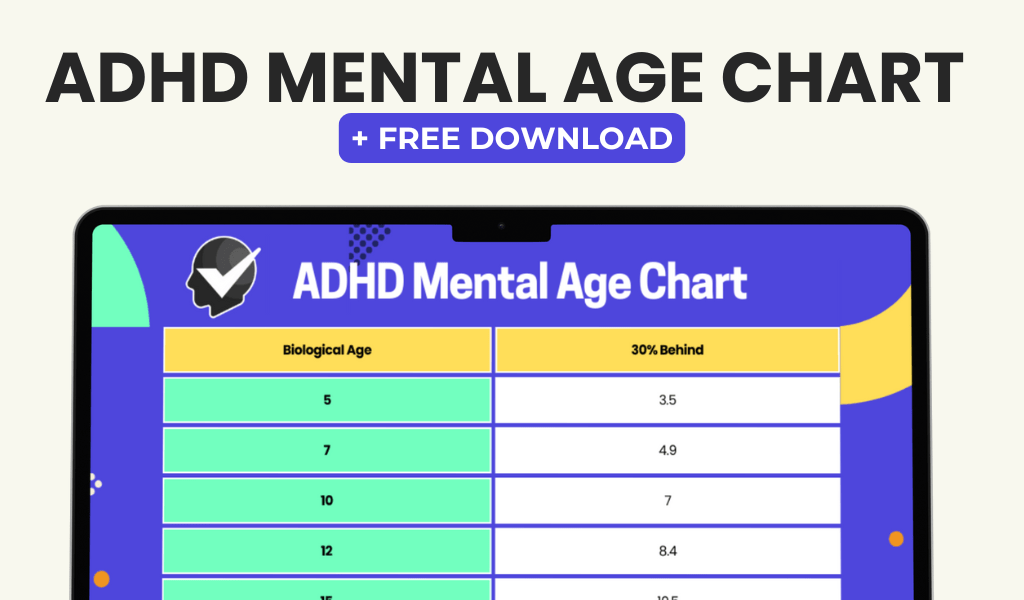Methylene blue is a synthetic basic dye with a wide range of applications, including its use as a medication. It has been used for over a century as a treatment for various medical conditions, including malaria, methemoglobinemia, and cyanide poisoning. Methylene blue is also known for its potential therapeutic effects on the central nervous system, making it an intriguing option for the treatment of neurological disorders such as ADHD.
Methylene blue works by increasing the activity of certain neurotransmitters in the brain, such as dopamine and norepinephrine. These neurotransmitters play a crucial role in regulating attention, focus, and impulse control, which are often impaired in individuals with ADHD. By modulating the activity of these neurotransmitters, methylene blue may help improve the symptoms of ADHD and enhance cognitive function. Additionally, methylene blue has antioxidant properties that can protect brain cells from oxidative stress and inflammation, which are believed to contribute to the development of ADHD symptoms. Overall, understanding the pharmacological properties of methylene blue provides valuable insights into its potential as a treatment option for ADHD.
Key Takeaways
- Methylene Blue is a synthetic compound with a variety of medical uses, including as a dye and an antiseptic.
- Studies have shown that Methylene Blue can improve attention, memory, and cognitive function in individuals with ADHD.
- Methylene Blue may be considered as a treatment option for ADHD, especially for those who do not respond well to traditional medications.
- Potential benefits of using Methylene Blue for ADHD include improved focus and attention, while risks may include potential side effects and interactions with other medications.
- Incorporating Methylene Blue into ADHD self-care may involve consulting a healthcare professional, carefully monitoring dosage, and being aware of potential side effects.
The Science Behind Methylene Blue’s Effectiveness for ADHD
The effectiveness of methylene blue for ADHD can be attributed to its impact on various neurobiological mechanisms that are implicated in the disorder. Research has shown that methylene blue can enhance the activity of dopamine and norepinephrine, two neurotransmitters that are known to be dysregulated in individuals with ADHD. By increasing the availability of these neurotransmitters in the brain, methylene blue may help improve attention, focus, and impulse control, which are core symptoms of ADHD.
Furthermore, methylene blue has been found to have neuroprotective effects, which can help mitigate the neurobiological changes associated with ADHD. Studies have demonstrated that methylene blue can protect neurons from oxidative stress and inflammation, both of which are believed to contribute to the pathophysiology of ADHD. By preserving the integrity of brain cells and supporting their function, methylene blue may help alleviate the symptoms of ADHD and promote overall cognitive health. The science behind methylene blue’s effectiveness for ADHD provides a compelling rationale for its potential use as a treatment option for this challenging condition.
Methylene Blue as a Treatment Option for ADHD
Methylene blue holds promise as a treatment option for ADHD due to its pharmacological properties and potential therapeutic effects on the central nervous system. As a medication, methylene blue is generally well-tolerated when used at appropriate doses under medical supervision. Its ability to modulate neurotransmitter activity and protect brain cells from oxidative stress makes it a compelling candidate for addressing the underlying neurobiological dysregulation associated with ADHD.
In addition to its direct effects on neurotransmitter activity and neuroprotection, methylene blue may offer advantages over traditional ADHD medications. Unlike stimulant medications, which are commonly prescribed for ADHD but can have side effects such as insomnia, loss of appetite, and potential for abuse, methylene blue may have a more favorable side effect profile. Furthermore, methylene blue’s antioxidant properties may provide additional benefits for individuals with ADHD, as oxidative stress has been implicated in the development and progression of the disorder. Overall, considering methylene blue as a treatment option for ADHD offers a novel approach that warrants further investigation and clinical consideration.
Potential Benefits and Risks of Using Methylene Blue for ADHD
| Benefits | Risks |
|---|---|
| Improved attention and focus | Possible side effects such as headache, dizziness, and nausea |
| Reduced hyperactivity | Potential for allergic reactions |
| Enhanced cognitive function | Risk of serotonin syndrome when combined with certain medications |
| Potential alternative for individuals who do not respond to traditional ADHD medications | Possible interactions with other medications |
The potential benefits of using methylene blue for ADHD are rooted in its pharmacological properties and therapeutic effects on the central nervous system. By modulating neurotransmitter activity and protecting brain cells from oxidative stress, methylene blue may help improve attention, focus, and impulse control in individuals with ADHD. Additionally, its neuroprotective properties may support overall cognitive health and mitigate the neurobiological changes associated with the disorder.
However, it is important to consider the potential risks associated with using methylene blue for ADHD. While it is generally well-tolerated when used at appropriate doses under medical supervision, there are potential side effects to be aware of, such as gastrointestinal upset and potential interactions with other medications. Furthermore, the long-term effects of using methylene blue for ADHD have not been extensively studied, so its safety and efficacy over extended periods of use remain uncertain. It is essential for individuals considering methylene blue as a treatment option for ADHD to weigh the potential benefits against the risks and to consult with a healthcare professional to make an informed decision.
How to Incorporate Methylene Blue into ADHD Self Care
Incorporating methylene blue into ADHD self-care involves careful consideration and collaboration with a healthcare professional. Before considering methylene blue as a treatment option for ADHD, individuals should undergo a comprehensive evaluation to confirm the diagnosis and assess their overall health status. This evaluation may include a thorough medical history, physical examination, and possibly additional testing to rule out other medical conditions that may mimic or coexist with ADHD.
Once a diagnosis of ADHD has been confirmed, individuals can work with their healthcare provider to develop a personalized treatment plan that may include methylene blue as part of a comprehensive approach to managing their symptoms. This plan should take into account individual preferences, medical history, and any potential contraindications or interactions with other medications or supplements. Regular monitoring and follow-up with a healthcare professional are essential to ensure the safe and effective incorporation of methylene blue into ADHD self-care.
Research and Case Studies on Methylene Blue for ADHD

Research on the use of methylene blue for ADHD is still in its early stages, but there is growing interest in exploring its potential therapeutic effects on the disorder. Preliminary studies have shown promising results, suggesting that methylene blue may help improve attention, focus, and impulse control in individuals with ADHD. Case studies have also reported positive outcomes with the use of methylene blue as an adjunctive treatment for ADHD, particularly in individuals who have not responded well to traditional medications or who experience intolerable side effects.
While these findings are encouraging, more research is needed to establish the safety and efficacy of using methylene blue for ADHD. Randomized controlled trials and long-term studies are necessary to further elucidate its potential benefits and risks, as well as its optimal dosing and duration of use. Collaborative efforts between researchers, healthcare professionals, and individuals with ADHD are essential to advance our understanding of methylene blue as a treatment option for this complex disorder.
Consulting a Healthcare Professional for Methylene Blue Treatment for ADHD
Consulting a healthcare professional is crucial for individuals considering methylene blue as a treatment option for ADHD. A healthcare provider can conduct a thorough evaluation to confirm the diagnosis of ADHD and assess the individual’s overall health status. This evaluation may involve reviewing medical history, performing a physical examination, and possibly ordering additional tests to rule out other medical conditions that may mimic or coexist with ADHD.
Once a diagnosis has been confirmed, individuals can work collaboratively with their healthcare provider to develop a personalized treatment plan that may include methylene blue as part of a comprehensive approach to managing their symptoms. This plan should take into account individual preferences, medical history, and any potential contraindications or interactions with other medications or supplements. Regular monitoring and follow-up with a healthcare professional are essential to ensure the safe and effective incorporation of methylene blue into the treatment of ADHD.
In conclusion, understanding the pharmacological properties of methylene blue provides valuable insights into its potential as a treatment option for ADHD. The science behind its effectiveness is rooted in its impact on neurotransmitter activity and neuroprotection in the central nervous system. While there are potential benefits to using methylene blue for ADHD, it is important to consider the potential risks and consult with a healthcare professional before incorporating it into self-care. Research on methylene blue for ADHD is still in its early stages, but there is growing interest in exploring its therapeutic effects on the disorder. Consulting a healthcare professional is essential for individuals considering methylene blue as a treatment option for ADHD to ensure safe and effective management of their symptoms.
If you’re interested in learning more about ADHD testing and diagnosis, you may want to check out this article on ADHD Testing. It provides valuable information on the process of diagnosing ADHD and the various methods used to assess symptoms. This article can be a helpful resource for those seeking to understand the testing process for ADHD and the importance of accurate diagnosis.
FAQs
What is methylene blue?
Methylene blue is a synthetic compound that has been used for various medical purposes, including as a dye in medical procedures and as a treatment for methemoglobinemia, a condition where the blood contains an abnormal amount of methemoglobin.
How is methylene blue used in the treatment of ADHD?
Methylene blue has been studied as a potential treatment for ADHD due to its ability to increase the activity of certain neurotransmitters in the brain, such as dopamine and norepinephrine. It is thought to help improve attention, focus, and impulse control in individuals with ADHD.
Is methylene blue approved for the treatment of ADHD?
As of now, methylene blue is not approved by the FDA for the treatment of ADHD. Research on its effectiveness and safety for this use is still ongoing, and it is not widely prescribed for ADHD.
What are the potential side effects of using methylene blue for ADHD?
Common side effects of methylene blue may include headache, dizziness, nausea, and confusion. In rare cases, it can cause more serious side effects such as serotonin syndrome or hemolytic anemia. It is important to consult with a healthcare professional before using methylene blue for ADHD.
Are there any risks associated with using methylene blue for ADHD?
There are potential risks associated with using methylene blue for ADHD, especially if it is not used under the guidance of a healthcare professional. It is important to consider the potential side effects and interactions with other medications before using methylene blue for ADHD.














